There are around 19 million U.S. veterans as of this year, according to data from the Department of Veterans Affairs, representing less than 10% of the total U.S. adult population. Here are key facts from the VA, the U.S. Census Bureau and other sources about those who have served in the military and how this population is changing.
As U.S. demographics continue to shift, so does the makeup of the American veteran population. Pew Research Center has analyzed some of these changes using data from the Department of Veterans Affairs, the U.S. Census Bureau, the Department of Defense, Center surveys and other news reports. The 2021 and 2046 estimates of the veteran population come from projections published by the VA in 2018.
Gulf War-era veterans now account for the largest share of all U. S. veterans, having surpassed Vietnam-era veterans in 2016, according to the VA’s 2018 population model estimates. VA estimates for 2021 indicate there are 5.9 million American veterans who served during the Vietnam era and 7.8 million who served in the Gulf War era, which spans from August 1990 through the present. There are also around 240,000 World War II veterans and about 933,000 who served during the Korean conflict, the VA estimates. Some veterans served through multiple eras but are counted only in their earliest era. Roughly three-quarters (78%) of veterans in 2021 served during wartime, and 22% served during peacetime. (Veterans with wartime and peacetime service are only counted in wartime.)
The share of the U.S. population with military experience is declining. In 2018, about 7% of U.S. adults were veterans, down from 18% in 1980, according to the Census Bureau. This drop coincides with decreases in active-duty personnel. Over the past half-century, the number of people on active duty has dropped significantly, from 3. 5 million in 1968, during the military draft era, to about 1.4 million (or less than 1% of all U.S. adults) in today’s all-volunteer force. The draft ended in 1973.
5 million in 1968, during the military draft era, to about 1.4 million (or less than 1% of all U.S. adults) in today’s all-volunteer force. The draft ended in 1973.
VA projections suggest the number of living veterans will continue to decline over the next 25 years. By 2046, the department estimates there will be around 12.5 million veterans, a decrease of about 35% from current numbers. By that time, Gulf War-era veterans are projected to make up a majority of those who served, and most veterans who served in the Vietnam era or earlier will have died.
The demographic profile of veterans is expected to change in the next quarter century. Currently, about nine-in-ten veterans (89%) are men, while about one-in-ten (11%) are women, according to the VA’s 2021 population model estimates. By 2046, the share of female veterans is expected to increase to about 18%. The number of female veterans is also projected to increase slightly, from around 2 million in 2021 to approximately 2.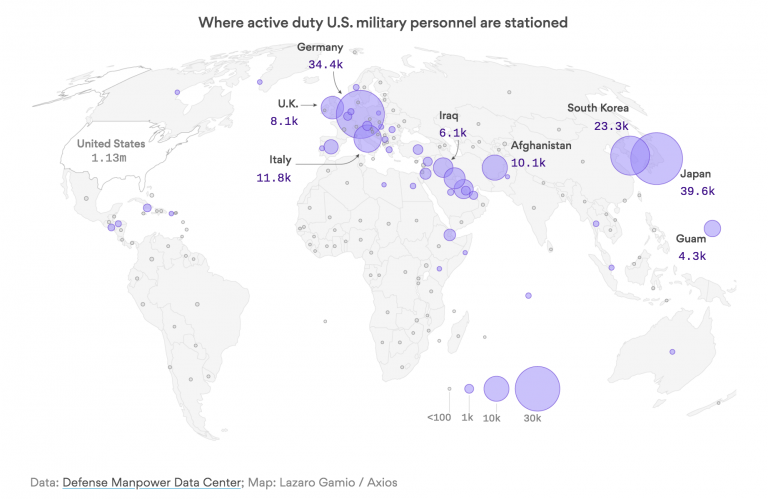 2 million in 2046. The number of male veterans, on the other hand, is projected to drop from about 17 million in 2021 to around 10.3 million in 2046.
2 million in 2046. The number of male veterans, on the other hand, is projected to drop from about 17 million in 2021 to around 10.3 million in 2046.
As with trends in the U.S. population overall, the veteran population is expected to become more racially and ethnically diverse. Between 2021 and 2046, the share of veterans who are non-Hispanic White is expected to drop from 74% to 62%. The share of veterans who are Hispanic is expected to double from 8% to 16%, while the share who are Black is expected to increase slightly from 13% to 15%.
Projections also indicate that the veteran population will become slightly younger, with 33% of veterans being younger than 50 in 2046 compared with 27% in 2021, even as the overall U.S. population continues to age. The share of veterans ages 50 to 69 is expected to shrink from 36% to 33%, while the share of those 70 and older is predicted to be around a third of the total (34%) by 2046, slightly lower than the current share (37%).
Fewer members of Congress have prior military experience than in the past.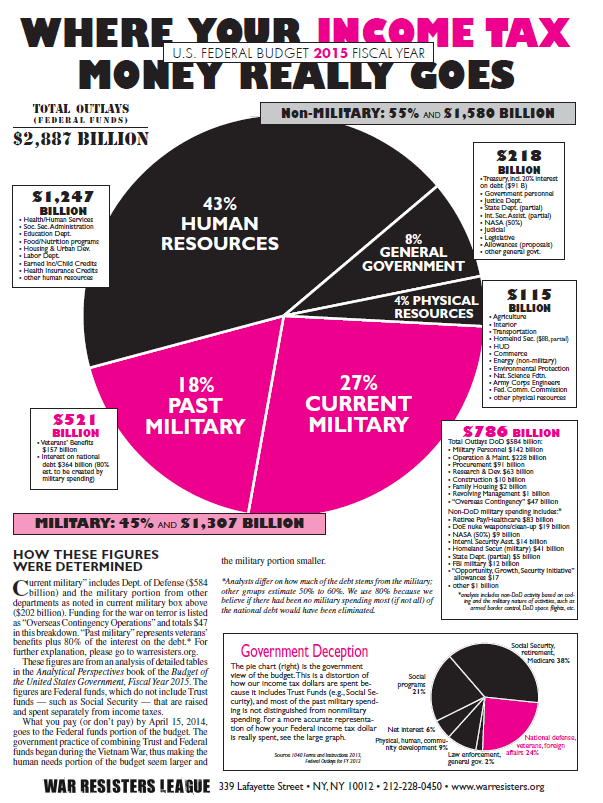 As the share of Americans who are veterans has declined, so has the share of legislators who have previously served in the military. In the current Congress, 17% of lawmakers in both houses had prior military service, down drastically from just a few decades ago.
As the share of Americans who are veterans has declined, so has the share of legislators who have previously served in the military. In the current Congress, 17% of lawmakers in both houses had prior military service, down drastically from just a few decades ago.
The share of senators who are veterans reached a post-Korean War peak of 81% in 1975, while the share among House members peaked in 1967 at 75%. However, in recent elections, both Democrats and Republicans have made special efforts to recruit veterans for congressional contests, and the newly elected freshman class includes 15 such lawmakers.
The Department of Veterans Affairs receives a relatively low favorability rating compared with other government agencies. The VA received the third-lowest rating among 10 agencies and departments in a Pew Research Center survey last spring. Roughly two-thirds of U.S. adults (65%) had a favorable view of the VA, and 22% expressed an unfavorable view. As with many of the agencies and departments in the survey, there were partisan differences in approval.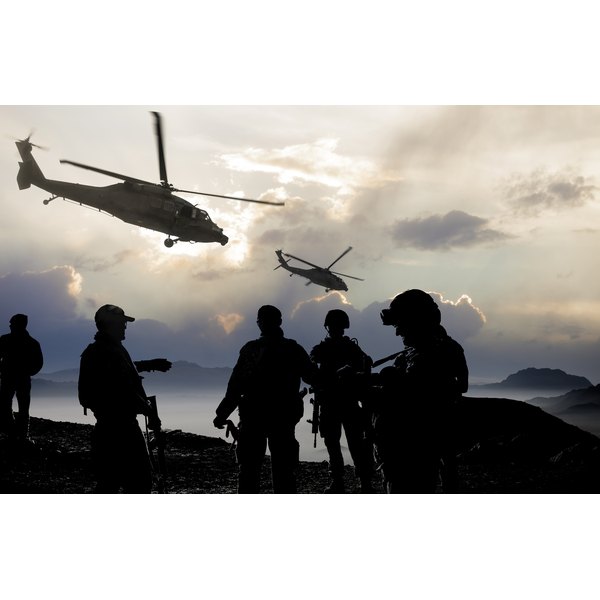 Republicans and Republican-leaning independents expressed higher favorability for the VA (72%) than Democrats and Democratic leaners (61%).
Republicans and Republican-leaning independents expressed higher favorability for the VA (72%) than Democrats and Democratic leaners (61%).
A 2019 survey found veterans themselves had mixed feelings about the agency: 9% of veterans said the department was doing an excellent job meeting the needs of military veterans; 37% said the VA was doing a good job. About half said it was doing only a fair (37%) or poor (15%) job.
Americans continue to see veterans’ services as an important priority. In a March 2019 survey, a 72% majority of U.S. adults (and identical 72% shares of Republicans and Democrats) said that if they were making the federal budget, they would increase spending for veterans’ benefits and services – the highest share of all 13 program areas included in the survey, except for education (also 72%), and the second-highest level of support for increased spending on veterans services since the Center first asked the question in 2001.
ABOUT R&A PAY
R&A Pay establishes, maintains and pays military retirees, and their eligible surviving spouses and other family members.
Who We Are, What We Do
Who to Contact? DFAS, the VA or the Military
How Long Does It Take?
Retiree Newsletter
Survivor SBP Newsletter
Find out the latest news and other helpful information.
Retiree payments will be made as scheduled on November 1, 2022. Annuitant payments will be made as scheduled on November 1, 2022.
Click here to download the PDF guide for retirees
Click here to download the PDF guide for SBP annuitants
We have new helpful tips for you if you are new to Retired Pay: Quick links to the pay calendar, information about taxes and SBP, the VA Waiver, CRDP, CRSC, and more!
Right click HERE and choose save as to download your PDF today!
SBP-DIC Offset Phased Elimination - Phase Three Begins January 2023 - First Payment for Phase Three February 1, 2023 - Check Out Our New Quick Reference Guide!
January 2023 marks the third and final phase of the SBP-DIC Offset Phased Elimination, in accordance with the National Defense Authorization Act for Fiscal Year 2020, which modified the law that requires an offset of Survivor Benefit Plan (SBP) payments for surviving spouses who are also entitled to Dependency and Indemnity Compensation (DIC) from the Department of Veterans Affairs (VA).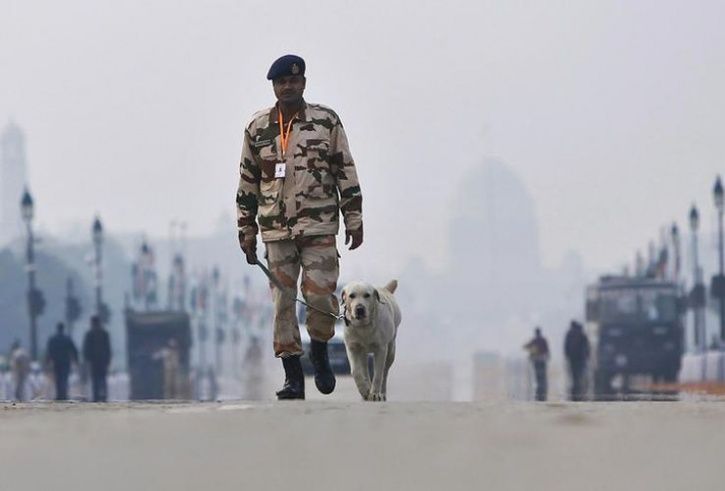
In the third and final phase that begins January 1, 2023, the SBP-DIC offset will be fully eliminated. That means spouses will begin to receive their full SBP monthly payments beginning with their January 2023 entitlement, which will be paid on February 1, 2023.
See our full range of FAQs on the SBP-DIC News webpage.
*Note: the change in the law does NOT affect the amount of DIC you receive from the VA. You should continue to receive your normal DIC amount from the VA.*
The National Defense Authorization Act for Fiscal Year 2020 directed that as of January 1, 2023, the Optional Annuity for Dependent Children will be eliminated and the SBP annuity payment must revert to the surviving spouse (if the spouse submits documentation and is eligible).
If you are the surviving spouse of an Active Duty/Line of Duty member who requested to have the Survivor Benefit Plan (SBP) annuity paid directly to an eligible dependent child or children and you have NOT submitted a Spouse Eligibility Packet, we need your information as soon as possible. Please download, fill out and submit the eligibility packet from our special focus webpage as soon as possible: https://www.dfas.mil/sbp2023childoptrev
If you are the surviving child (or the parent or guardian of a surviving child) of an Active Duty/Line of Duty member whose surviving spouse requested to have the Survivor Benefit Plan (SBP) annuity paid directly to you and you are currently receiving the monthly SBP annuity payment, we have started sending informational letters about what will happen in 2023. Please see our special focus webpage for examples of the letters and more information: https://www.dfas.mil/sbp2023childoptrev
Please check our special focus webpage for news and information regarding this change and transition. We will post updates on this webpage: https://www.dfas.mil/sbp2023childoptrev
We will post updates on this webpage: https://www.dfas.mil/sbp2023childoptrev
The 216-522-5955 local phone number is no longer available to use (after July 1, 2022).
The DSN number to reach Retired & Annuitant Pay Customer Service also changed. The new DSN number is 699-0551.
This change does NOT affect the toll-free number (1-800-321-1080). The toll-free number remains the same.
DFAS has a new Survivor SBP Newsletter! Check out the April issue, with a special article for surviving spouses who lost a loved one in the line of duty and chose the SBP Optional Annuity for Dependent Children, helpful information about the second and third phases of the SBP-DIC Offset Phased Elimination, reminders about School Cert season, news about our initiative to provide online upload tools and status notifications, and more! We also have a downloadable PDF of the newsletter you can share with other survivors.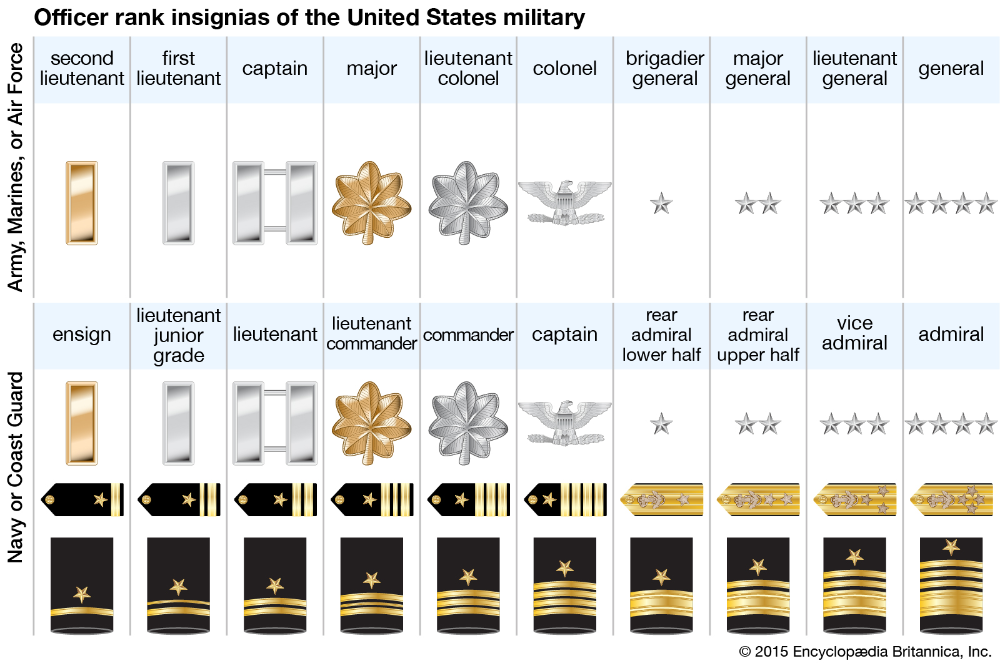 Get it here: https://go.usa.gov/x7eMc
Get it here: https://go.usa.gov/x7eMc
Retirees and Annuitants: 2021 Tax Year Statements
Please see the convenient options for getting a 1099-R reissue in the December issue of our Retiree Newsletter.
We have good news for retirees and annuitants who need a duplicate IRS 1099-R mailed to a non-U.S.A. address! Our convenient askDFAS online tool for requesting a duplicate 1099-R will now work for foreign addresses. The tool is available at (the link is case-sensitive): http://go.usa.gov/xsAbM
Military retired pay is paid for many different reasons under many different laws. There are differences in the types of pay a military retiree might receive and the tax laws that apply to them. Whether a portion or all of an individual’s military retired pay is subject to federal income taxes depends on his/her individual circumstances.
A military retiree can either use myPay or send an IRS Form W-4 to alter the amount DFAS withholds for federal income taxes from their military retired pay.
An individual’s choice to have no withholding for federal taxes does not impact whether the individual’s military retired pay is actually subject to federal income taxes. Ultimately, the IRS will determine the amount of taxes owed on the military retired pay.
Please note: the IRS requires any individual claiming exemption from federal withholding to provide a new Form W-4 at the beginning of each tax year certifying their exemption from withholding.
Please see our webpage regarding taxation of retired pay :https://www.dfas.mil/RetiredMilitary/manage/taxes/isittaxable/
DFAS cannot provide tax advice. Please consult a tax professional or the IRS.
Based on the increase in the Consumer Price Index, there was e a 5.9 percent Cost of Living Adjustment (COLA) for most retired pay and Survivor Benefit Plan annuities, and the Special Survivor Indemnity Allowance (SSIA), effective Dec. 1, 2021.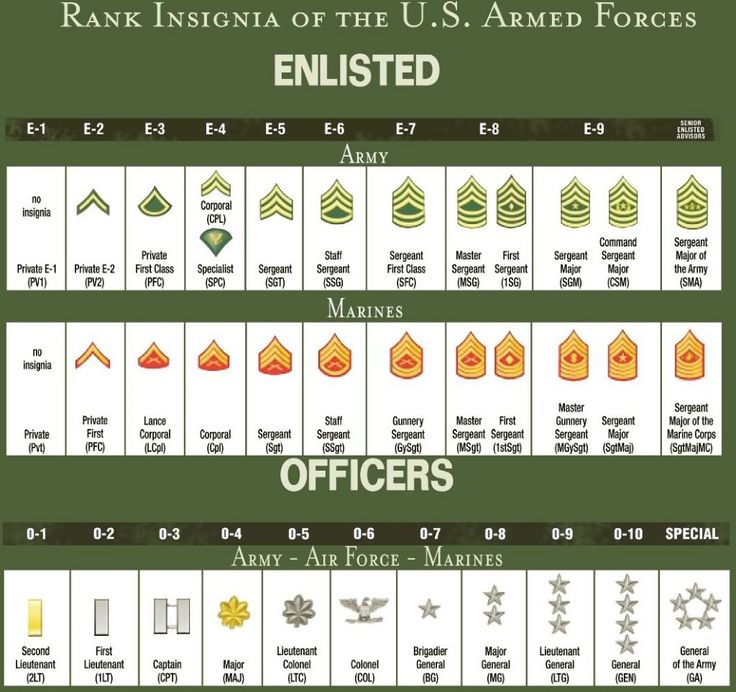
With the COLA applied, the maximum amount of SSIA payable will be $346.
Retirees saw the change in their Dec. 30, 2021 payment and annuitants in their Jan. 4, 2022 payment.
For details, see the Fiscal Year 2022 COLA Memorandum:
https://militarypay.defense.gov/Pay/Retirement/cola/
We are working to simplify the process of verifying continuing eligibility for retirees. The newest change reduces the number of retirees who need to submit a Report of Existence (ROE). Now, the only retirees who need to submit an ROE are those who receive a paper check to a foreign address. Previously, the legal representatives for all incapacitated retirees were required to submit an ROE twice each year.
If you’re retired from the Guard or Reserve but not yet at the age to receive retired pay, we have important news for you.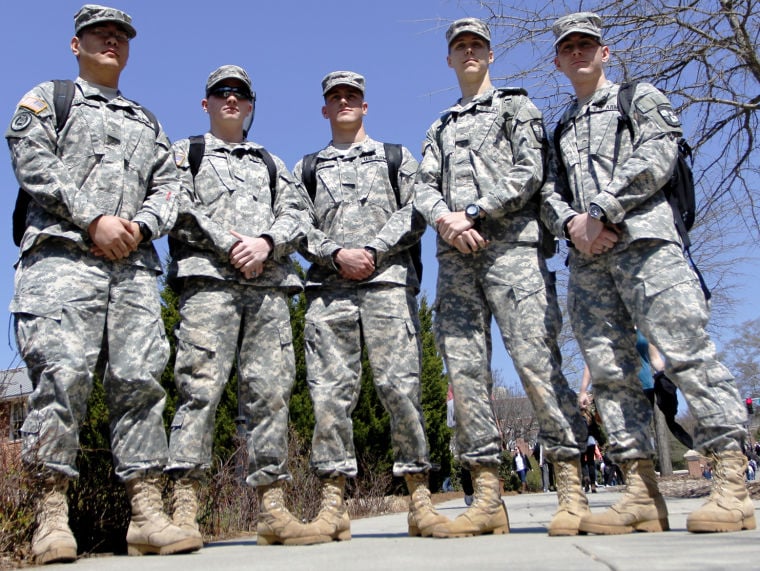 Gray Area Retirees now have a new way to stay connected and informed between the time they stop drilling and when they receive retired pay. It’s a new kind of myPay account that helps you keep your contact information current so that you can stay on top of your future retired pay. Click here for the Retiree Newsletter article or click here to find out how to log on.
Gray Area Retirees now have a new way to stay connected and informed between the time they stop drilling and when they receive retired pay. It’s a new kind of myPay account that helps you keep your contact information current so that you can stay on top of your future retired pay. Click here for the Retiree Newsletter article or click here to find out how to log on.
We have helpful tools and info for you: a Form Wizard to help you fill out the DD 2788 form easily and correctly, a special How-To Checklist, and an online upload tool on DFAS.mil.
Check them out on the School Certifications webpage.
We are working to simplify the process of verifying continuing eligibility for Survivor Benefit Plan annuitants.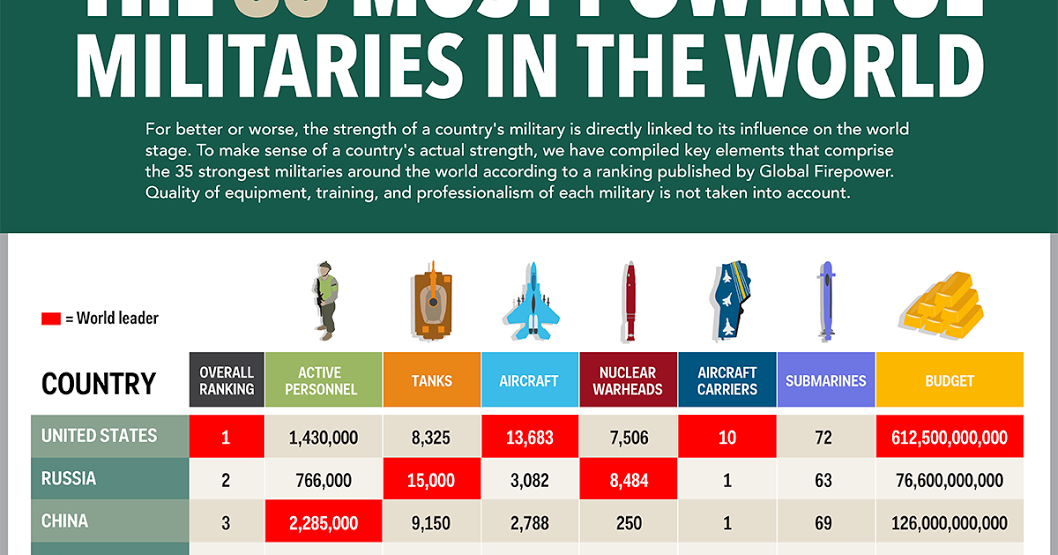 The newest change reduces the number of annuitants who need to submit a Report of Existence (ROE). Now, the only annuitants who need to submit an ROE are those who receive a paper check to a foreign address. Previously, the legal representatives for all incapacitated annuitants were required to submit an ROE twice each year.
The newest change reduces the number of annuitants who need to submit a Report of Existence (ROE). Now, the only annuitants who need to submit an ROE are those who receive a paper check to a foreign address. Previously, the legal representatives for all incapacitated annuitants were required to submit an ROE twice each year.
There is a new overview and a downloadable PDF fact sheet of the eligibility verification requirements for annuitants on our “Manage Your SBP Annuity” webpage. We hope this information will help our customers better understand their role in keeping their annuity accounts current.
Retired & Annuitant Pay is rolling out new, helpful Status Notifications to keep you in the loop as forms or documents you submit move through the retired pay or annuitant pay processing cycles. The Status Notifications will be sent primarily via SmartDoc email, so make sure you have an up-to-date email in your myPay profile so you can receive them.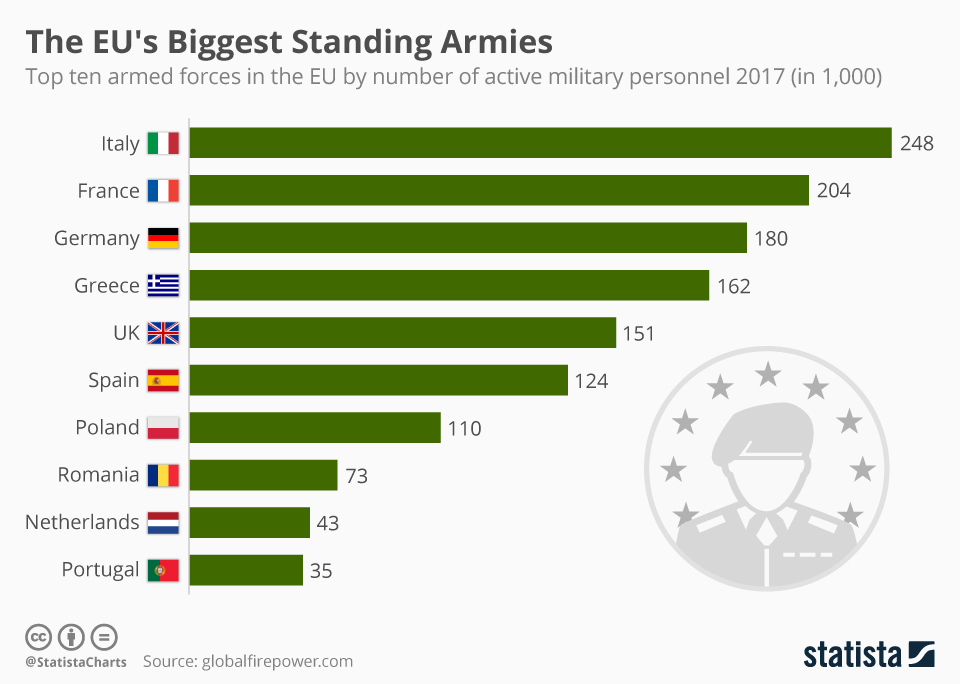
Read more about the Status Notifications project in this newsletter article.
Please contact your TRICARE regional contract. DFAS cannot set up these allotments. They must be set up by TRICARE through the regional contractors. Please note: only Retirees can set up allotments from their pay. Allotments cannot be paid from SBP or SSIA annuity pay.
The information to set up allotments through the regional contractors is as follows:
TRICARE East
Humana Military
1-800-444-5445
Allotments can be set up online or via phone. For more information on setting up allotments, visit https://www.humanamilitary.com/selectfees or call 1-800-444-5445.
TRICARE West
Health Net
1-844-866-9378
Allotments can be setup online, via telephone self-service, or by paper application. For more instructions on setting up allotments, visit https://www. hnfs.com/content/hnfs/home/tw/bene/enroll/allotment.html or call 1-844-866-9378.
hnfs.com/content/hnfs/home/tw/bene/enroll/allotment.html or call 1-844-866-9378.
TRICARE Overseas
International SOS
For Country Specific Toll-Free Numbers, visit: http://www.tricare-overseas.com/contact-us
Please contact your country-specific number via phone for more information about setting up your allotment.
We have new tools and information to assist you with the SF 1174 for claiming the retiree’s Arrears of Pay. We can now deposit an Arrears of Pay (AOP) payment directly to an eligible claimant’s bank account instead of mailing a check. And we have an online upload option that will provide you with status notifications. Please see the How to Claim Arrears of Pay Using the 1174 page for details.
We have new tools and information to assist you with the DD Form 2656-7 for starting a Survivor Benefit Plan Annuity. We have a Form Wizard to help fill out the form correctly and easily. And we have an online upload option that will provide you with status notifications. Please see the Start an SBP Annuity page for details.
We have a Form Wizard to help fill out the form correctly and easily. And we have an online upload option that will provide you with status notifications. Please see the Start an SBP Annuity page for details.
Please see our new webpage for current typical processing time frames: How Long Does It Take?
As part of our commitment to continually improving our customer service, R&A Pay is expanding the use of emailed SmartDocs as a way to communicate about changes to your account and actions that may be needed. Email notifications will speed up the time it takes to notify you about your account. If you don’t yet have an email address in myPay, please add one now so you can receive these email notifications.
A treasury mandate requires us to pay our customers electronically.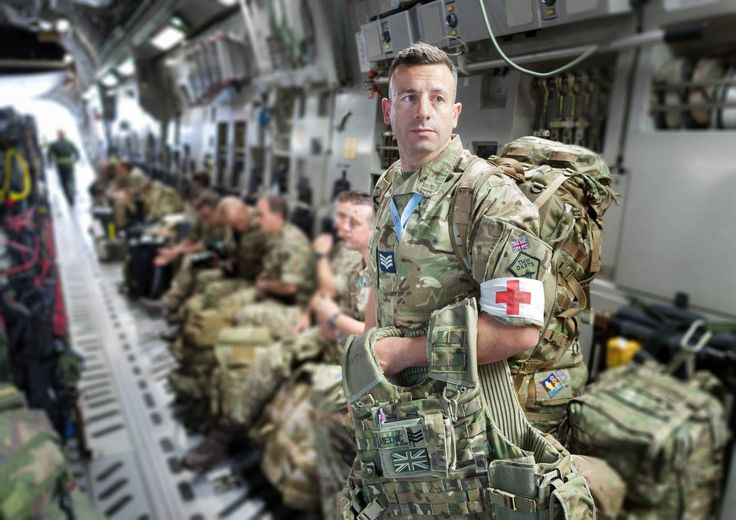 Most military retirees and annuitants getting paper checks need to set up direct deposit. Start direct deposit now.
Most military retirees and annuitants getting paper checks need to set up direct deposit. Start direct deposit now.
Direct Express® Debit Card Program provides members who do not have a bank account an alternative to payment by EFT.
Pay Verification / Proof of Income
Survivor Benefit Plan Information
Get My 1099R
Correct My 1099R
Change My Arrears of Pay Beneficiary
Start or Change Direct Deposit
Change My Address
Manage My Allotments
Start International Direct Deposit
Report a Retiree's Death
Report an SBP Annuitant's Death
The most convenient way to manage your retirement account is through myPay, our online account management system.
myPay Login Instructions:
If you've never logged into myPay
If you forgot your login ID
If you forgot your password
Page updated Oct 11 2022
 Dismissal of citizens from military service and the right to employment \ ConsultantPlus
Dismissal of citizens from military service and the right to employment \ ConsultantPlus Federal Law No. 76-FZ of May 27, 1998 (as amended on 07/14/2022) "On the status of military personnel" (as amended and supplemented, effective from 07/25/2022)
Article 23. Dismissal of citizens from military service and the right to employment
1. Servicemen - citizens who are doing military service under a contract and have not reached the age limit for military service, cannot be dismissed from military service without their consent until they acquire the right to a pension for long service, with the exception of cases of early dismissal on grounds established by the Federal Law "On Military Duty and Military Service".
(as amended by Federal Laws No. 75-FZ of June 28, 2002, No. 141-FZ of November 11, 2003)
(see the text in the previous version)
Military personnel - citizens whose total duration of military service is 10 years or more, who are registered as in need of residential premises in the federal executive body or federal state body in which military service is provided for by federal law, without their consent cannot be dismissed from military service upon reaching the age limit for military service, for health reasons or in connection with organizational and staff measures without providing them with housing or housing subsidies, except as provided for in paragraph three of this clause. If these servicemen wish to receive living quarters not at the place of dismissal from military service, they are provided with living quarters at their chosen place of residence in the manner prescribed by paragraph 14 of Article 15 of this Federal Law.
If these servicemen wish to receive living quarters not at the place of dismissal from military service, they are provided with living quarters at their chosen place of residence in the manner prescribed by paragraph 14 of Article 15 of this Federal Law.
(as amended by Federal Laws No. 145-FZ of 04.06.2014, No. 97-FZ of 20.04.2015)
(see the text in the previous edition)
In cases where military personnel are citizens specified in paragraph two of this paragraph, refused the proposed housing located at the place of military service or at the chosen place of residence, which meets the requirements established by the legislation of the Russian Federation, or refused the housing subsidy or did not submit the documents necessary for the provision of housing or housing subsidies, within 30 days from the date of notification by the federal executive body or the federal state body, in which military service is provided for by federal law, of their readiness to provide housing or a housing subsidy, not counting the period of temporary disability of military personnel - citizens, their stay on vacation, on a business trip and other circumstances that objectively preclude the possibility of submitting the specified documents (including the time of holding events related to the receipt by military personnel - citizens of these documents in state authorities, local governments and organizations authorized to issue such documents), the consent of such military personnel - citizens to be discharged from military service upon reaching they do not require the age limit for military service, health reasons or in connection with organizational and staff measures without providing them with housing or housing subsidies.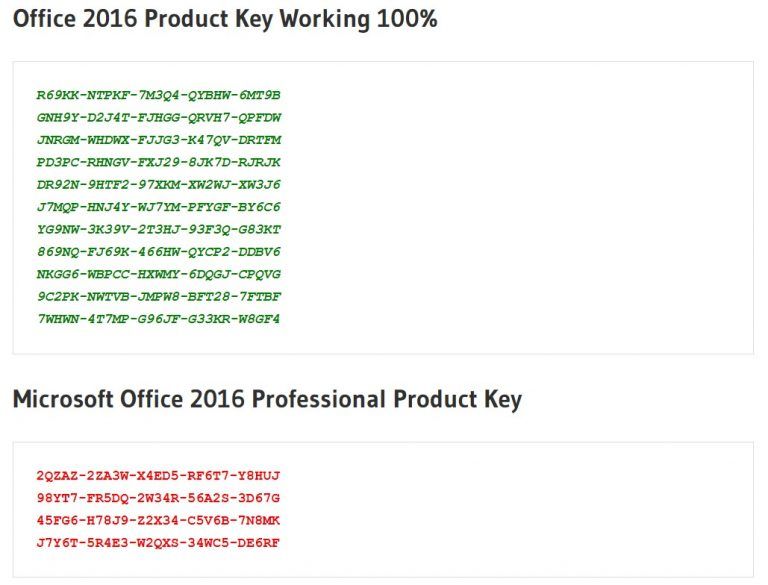 At the same time, the procedure for notifying military personnel - citizens of their readiness to provide them with housing or a housing subsidy and the procedure for the submission by military personnel - citizens of the documents necessary for the provision of housing and housing subsidies, are established by the federal executive body or the federal state body in which military service is provided for by federal law . The specified military personnel - citizens in the event of their dismissal from military service upon reaching the age limit for military service, health status or in connection with organizational and staff measures without providing them with living quarters or housing subsidies, are provided with living quarters in the form and manner provided for by this Federal law.
At the same time, the procedure for notifying military personnel - citizens of their readiness to provide them with housing or a housing subsidy and the procedure for the submission by military personnel - citizens of the documents necessary for the provision of housing and housing subsidies, are established by the federal executive body or the federal state body in which military service is provided for by federal law . The specified military personnel - citizens in the event of their dismissal from military service upon reaching the age limit for military service, health status or in connection with organizational and staff measures without providing them with living quarters or housing subsidies, are provided with living quarters in the form and manner provided for by this Federal law.
(paragraph introduced by Federal Law No. 97-FZ of 04.20.2015; as amended by Federal Law No. 145-FZ of 04.06.2014)
(see the text in the previous edition)
Military personnel - citizens, total duration of military service of which is 10 years or more, subject to dismissal from military service upon reaching the age limit for military service, health status or in connection with organizational and staffing measures, in the last year of military service by the Ministry of Defense of the Russian Federation (other federal executive body or federal a state body in which military service is provided for by the federal law) at the request of a serviceman - a citizen, a state housing certificate is issued for the purchase of housing for a family in a place of residence chosen after dismissal from military service in the manner determined by the Government of the Russian Federation.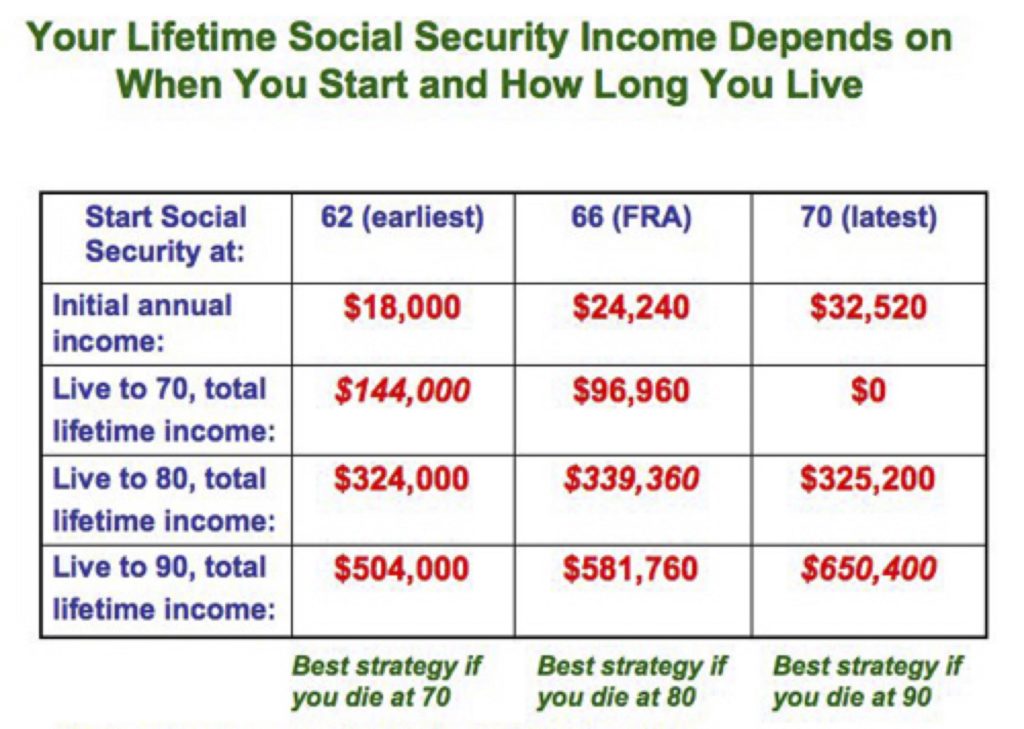
(as amended by Federal Laws No. 141-FZ of 11.11.2003, No. 145-FZ of 04.06.2014)
(see the text in the previous edition)
military service under the contract, the losses caused to them in connection with this are subject to compensation in full. The moral damage caused by such dismissal is subject to compensation by a court decision on the basis of the will of the serviceman. These servicemen are reinstated in military service in their previous (and with their consent - equal or not lower) positions and are provided with all types of allowances that were not received after unjustified dismissal. This period is included in the total duration of military service and the period determined for the assignment of the next military rank.
The reinstatement in military service of servicemen unreasonably dismissed from military service is carried out in accordance with the Regulations on the procedure for military service.
3. No longer valid from January 1, 2013. - Federal Law of 08.11.2011 N 309-FZ.
- Federal Law of 08.11.2011 N 309-FZ.
(see the text in the previous edition)
in connection with organizational and staffing activities without the right to a pension, payment of a salary according to military rank is retained for one year after dismissal. The procedure for paying salary according to military rank is determined by the Government of the Russian Federation.
(clause 4 as amended by Federal Law No. 309-FZ of 08.11.2011)
(see the text in the previous edition)
employment and social security:
provision by state employment service bodies as a matter of priority, taking into account their specialty in state organizations;
preservation within three months after dismissal from military service for citizens who worked before conscription (entry) for military service in state organizations, the right to enter work in the same organizations, and for those who served in military service on conscription - also the right to a position not lower than occupied before conscription for military service;
(as amended by Federal Law No.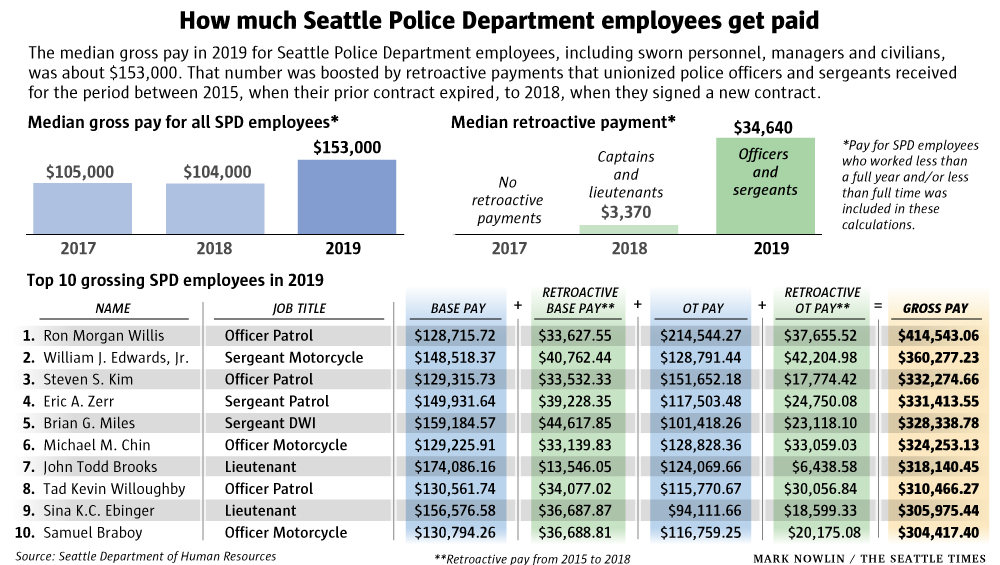 1-FZ of 09.02.2009)
1-FZ of 09.02.2009)
(see the text in the previous version) remuneration for long service, a percentage increase in wages, the provision of social guarantees related to length of service, if the interval between the day of dismissal from military service and the day of employment (admission to an educational organization) did not exceed one year, and veterans of military operations in the territory other states, veterans who performed military service in a state of emergency and in armed conflicts, and citizens whose total duration of military service on a preferential basis is 25 years or more, regardless of the duration of the break;
(as amended by Federal Laws No. 122-FZ of 22.08.2004, No. 213-FZ of 24.07.2009, No. 185-FZ of 02.07.2013)
(see the text in the previous edition)
leaving the job for which they entered for the first time, with a reduction in the staff;
ensuring that citizens discharged from military service with the right to a pension, for health reasons or in connection with organizational and staff measures, receive vocational education without paying them stipends during the period of study;
(as amended by Federal Law No.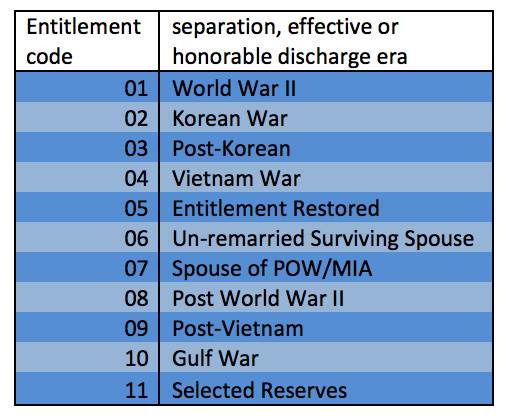 122-FZ of August 22, 2004)
122-FZ of August 22, 2004)
(see the text in the previous edition) acquiring a household in the manner determined by the Government of the Russian Federation;
provision no later than one month from the date of application of citizens discharged from military service, places for their children in general education and preschool educational organizations and summer health camps, regardless of ownership;
(as amended by the Federal Law of 02.07.2013 N 185-FZ)
(see the text in the previous edition) when paying a one-time remuneration for length of service, a percentage increase in wages, providing other social guarantees related to the length of service in public service, regardless of the term of dismissal from military service and the day of admission to public service.
(as amended by Federal Law No. 122-FZ of August 22, 2004)
(see the text in the previous edition)
environmental conditions, including remote ones, where a district coefficient and percentage wage increases are established, when applying for a job in these districts and localities after they have been discharged from military service upon reaching the age limit for military service, health status, in connection with organizational - regular events or the end of the period of military service, regardless of the duration of the break, the period of military service in calendar terms in the indicated regions and localities is counted in the length of service in order to receive percentage bonuses to wages in the manner determined by the Government of the Russian Federation.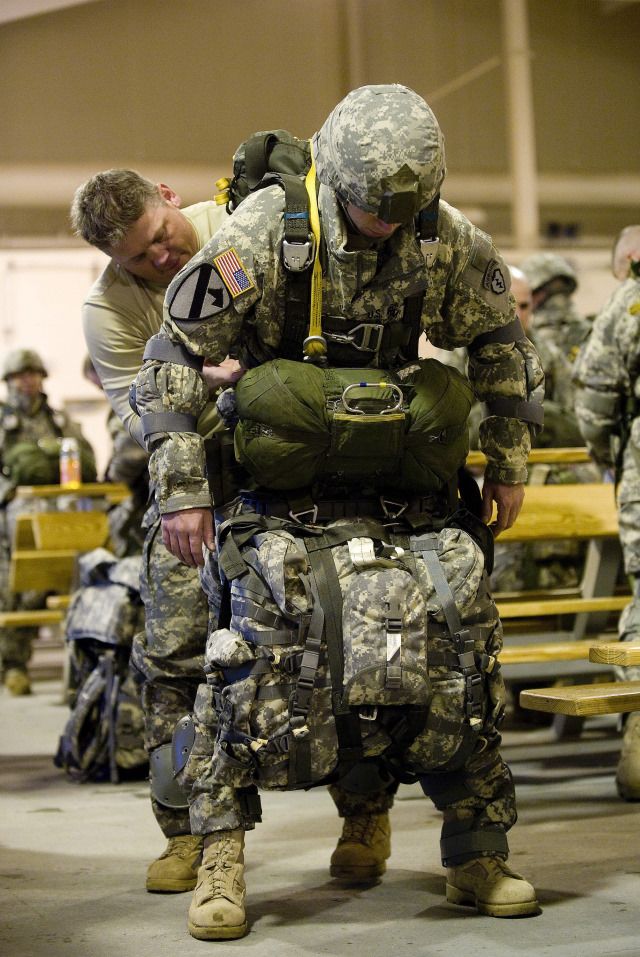
Single mothers of servicemen - citizens undergoing military service on conscription, are given a preferential right to remain at work in case of a reduction in the number or staff of employees.
(as amended by Federal Law No. 141-FZ of November 11, 2003)
(see the text in the previous edition)
The paragraph is no longer valid. - Federal Law of August 22, 2004 N 122-FZ.
(see the text in the previous edition)
6. In order to ensure the employment of citizens discharged from military service and members of their families, structures for their employment and vocational training are being created in the system of the state employment service.
7. Citizens dismissed from military service upon reaching the age limit for military service, for health reasons or in connection with organizational and staff measures, having a total duration of military service of 20 years or more, until January 1, 2015, shall be paid monetary compensation in the amount of the land tax actually paid by them and the tax on the property of individuals in the manner and amount established by the Government of the Russian Federation.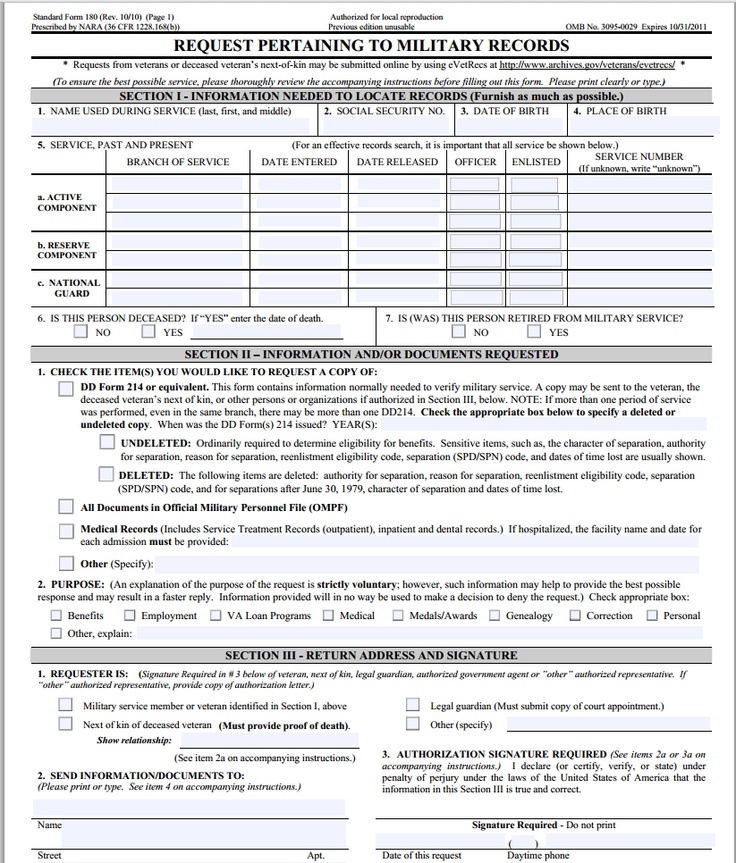
(Clause 7 was introduced by Federal Law No. 122-FZ of 22.08.2004, as amended by Federal Law No. 309 of 08.11.2011-FZ)
(see the text in the previous edition)
Article 22. Litigation against military personnel and the right to legal assistance. Performance of notarial acts with the participation of military personnel and members of their families Article 24
Tags: own, mobilization, partial mobilization, army, defense, society, ukraine, donbass
Photo site mil.ru
The partial mobilization announced in Russia has not yet affected the course of hostilities within the framework of a special military operation (SVO). Positional battles are taking place on all fronts, and in a number of areas in the Donbass, Kharkiv and Kherson regions, the Armed Forces of Ukraine (AFU) are trying to counterattack. Publications have appeared in social networks and Western media that mobilized reservists are already entering the active combat units of the Russian Federation. This has not yet been officially confirmed. On the portal created by the government, "Explain.rf", they report that recruits called up during the draft campaign starting on October 1 will not be sent to the NWO zone.
Publications have appeared in social networks and Western media that mobilized reservists are already entering the active combat units of the Russian Federation. This has not yet been officially confirmed. On the portal created by the government, "Explain.rf", they report that recruits called up during the draft campaign starting on October 1 will not be sent to the NWO zone.
Soldiers who have served military service can only be mobilized again after they are transferred to the reserve, also reports "Explain.rf". At the same time, as Vladimir Tsimlyansky, a representative of the main organizational and mobilization department of the General Staff of the Russian Federation, noted earlier, during the autumn draft campaign, “all conscripts whose service life has expired will be dismissed and sent to their places of residence in a timely manner.” “According to official data, a year ago, 127,500 people were called up for military service,” says military expert, retired lieutenant colonel Alexander Ovchinnikov. - But apparently, a smaller number will be fired, since part of the conscripts signed contracts this year and became contract soldiers. The rest of the conscripts will be routinely dismissed from the troops and sent home. But there is a possibility that the local military registration and enlistment offices will again call up these people to the army as part of a partial mobilization. After all, they have mastered the latest military specialties, and it is precisely such people that are needed at the front.
- But apparently, a smaller number will be fired, since part of the conscripts signed contracts this year and became contract soldiers. The rest of the conscripts will be routinely dismissed from the troops and sent home. But there is a possibility that the local military registration and enlistment offices will again call up these people to the army as part of a partial mobilization. After all, they have mastered the latest military specialties, and it is precisely such people that are needed at the front.
Andrey Poleshchuk, chairman of the All-Russian Trade Union of Military Personnel, believes that during the autumn conscription campaign, military registration and enlistment offices may face difficulties, since today the emphasis is on partial mobilization. “But, on the other hand, this “work in hand” will force the executive branch, the leadership of the Ministry of Defense, to treat the military commissariats in a different way. They need to increase their status, expand their powers, create a modern material and technical base, and increase the salaries of employees,” Poleshchuk notes.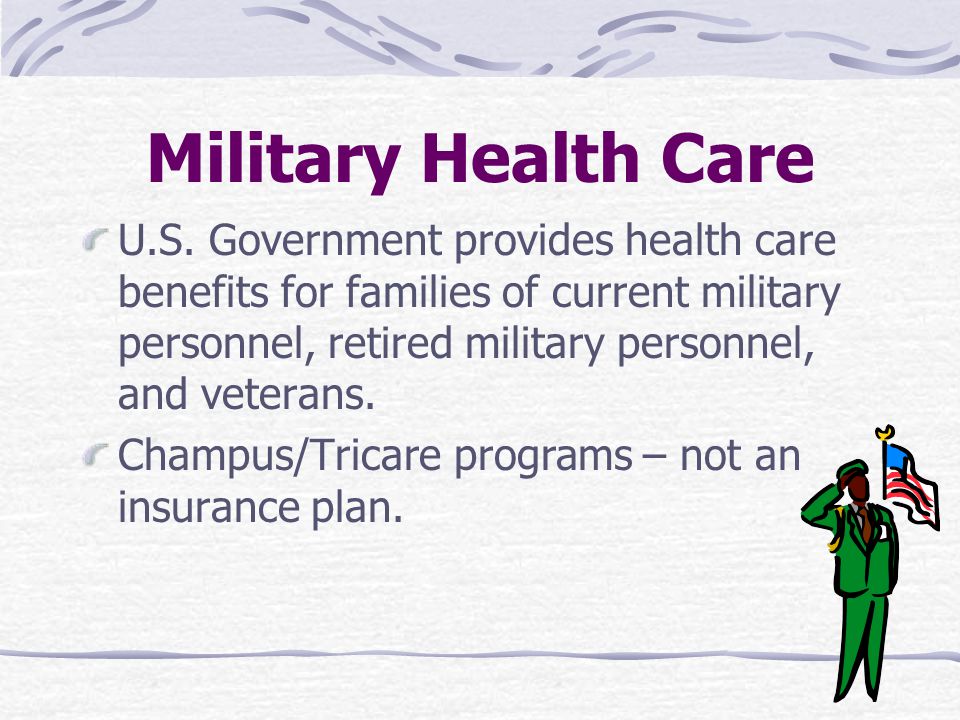
Against this background, some Western media, referring to Pentagon data, report that "a small number of mobilized have already arrived in the combat zone." “This can happen if the trained mobilized reservists have combat experience,” says military expert, retired lieutenant general Yuri Netkachev. The military commissar of the Rostov region, Colonel Igor Yegorov, also spoke about the imminent sending of mobilized people to units. According to him, before that, local reservists will undergo training for 10 days at the Kadamovsky training ground near Novocherkassk. “It is considered one of the best training grounds in the Southern Military District. This is quite enough to make soldiers and sergeants with a military specialty and military service skills (and even combat experience) feel like full-fledged defenders of the Fatherland, ”Egorov believes.
Meanwhile, it seems that part of the population of the Russian Federation is still trying to evade mobilization.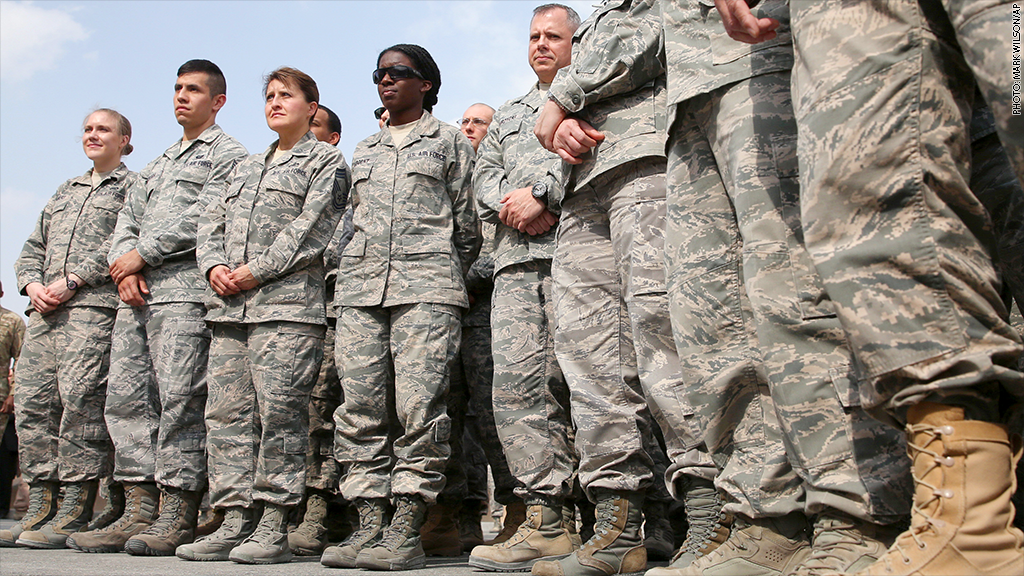 And in North Ossetia they have already begun a "fight" with this. As Sergey Menyailo, head of the region, wrote on Telegram, “mobile task forces have been organized at the entrances to the republic and at the Verkhny Lars checkpoint, which will check those entering. “If a citizen is subject to conscription, in accordance with the federal list, he will be handed a summons on the spot,” he notes. According to official data, at least 5 thousand people pass through Upper Lars to Georgia every day, and the line of cars in front of this checkpoint reached 25 km. In order, apparently, to somehow reduce this flow, the authorities of North Ossetia banned cars from other regions from entering the republic. At the same time, the Ministry of Defense reported that "the movement of citizens registered with the military does not require permission from the military commissariats."
And in North Ossetia they have already begun a "fight" with this. As Sergey Menyailo, head of the region, wrote on Telegram, “mobile task forces have been organized at the entrances to the republic and at the Verkhny Lars checkpoint, which will check those entering. “If a citizen is subject to conscription, in accordance with the federal list, he will be handed a summons on the spot,” he notes. According to official data, at least 5 thousand people pass through Upper Lars to Georgia every day, and the line of cars in front of this checkpoint reached 25 km. In order, apparently, to somehow reduce this flow, the authorities of North Ossetia banned cars from other regions from entering the republic. At the same time, the Ministry of Defense reported that "the movement of citizens registered with the military does not require permission from the military commissariats."
According to the media, on the border of Russia and Finland at the checkpoint "Torfyanovka" in the Vyborg district, a recruiting station also appeared. And on it, reservists who are subject to mobilization, but want to leave for Finland, are handed summons. True, the Finnish media report that the border of this country for tourists from the Russian Federation will soon be closed. The US Embassy in Moscow urged its citizens to leave Russia immediately. They fear that the Russian authorities may not recognize dual citizenship of Russia and the United States and deny people with such documents access to US consular assistance, prevent them from leaving Russia and call them up for military service.
And on it, reservists who are subject to mobilization, but want to leave for Finland, are handed summons. True, the Finnish media report that the border of this country for tourists from the Russian Federation will soon be closed. The US Embassy in Moscow urged its citizens to leave Russia immediately. They fear that the Russian authorities may not recognize dual citizenship of Russia and the United States and deny people with such documents access to US consular assistance, prevent them from leaving Russia and call them up for military service.
“In social networks and the media, they drew attention to the fact that after the partial mobilization announced on September 21 in Russia, the demand in stores for military clothing and equipment has grown significantly. They say that it is bought up by reservists who are sent to the troops,” General Netkachev notes to NG. - The army has significant clothing stocks and is able to dress and shoe more than one million people. Other uniforms in the troops are prohibited.